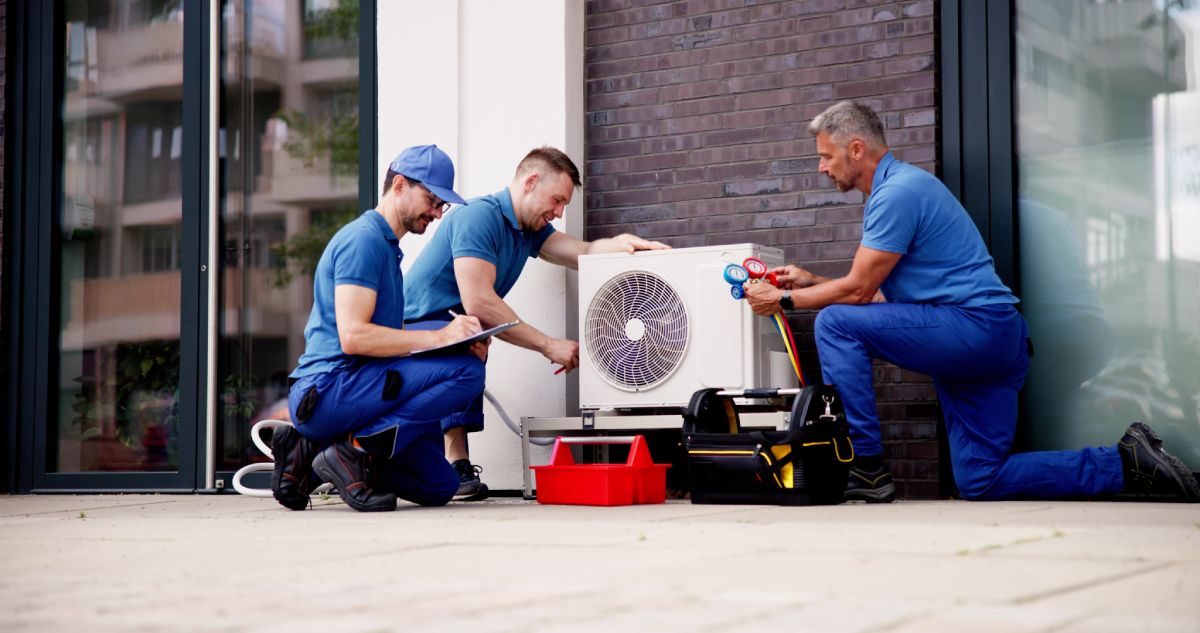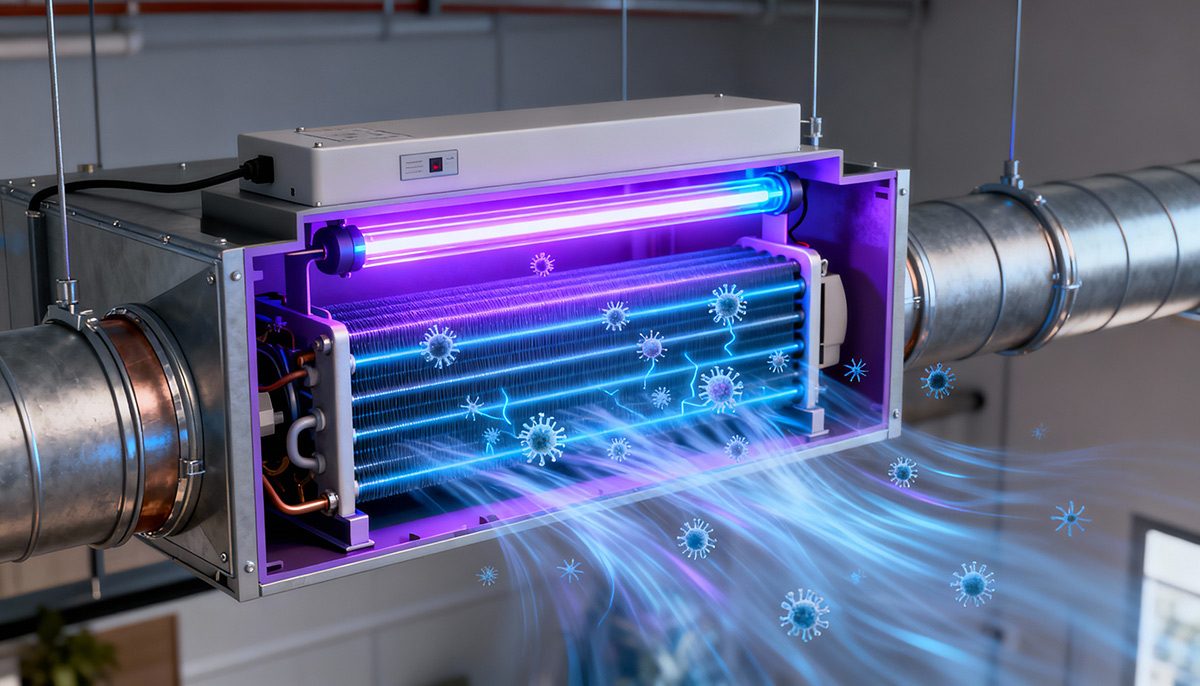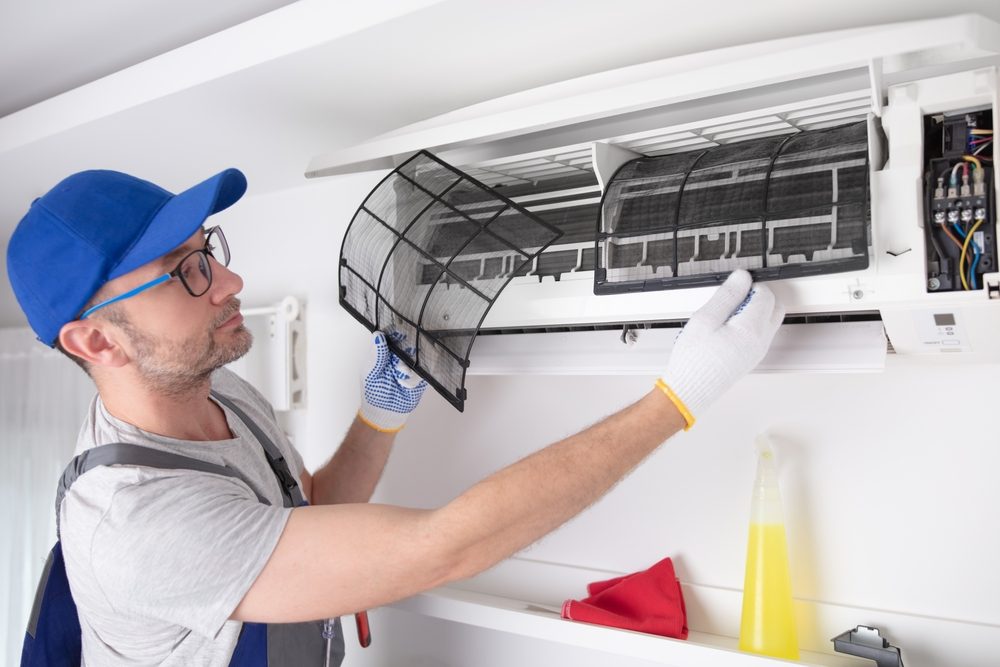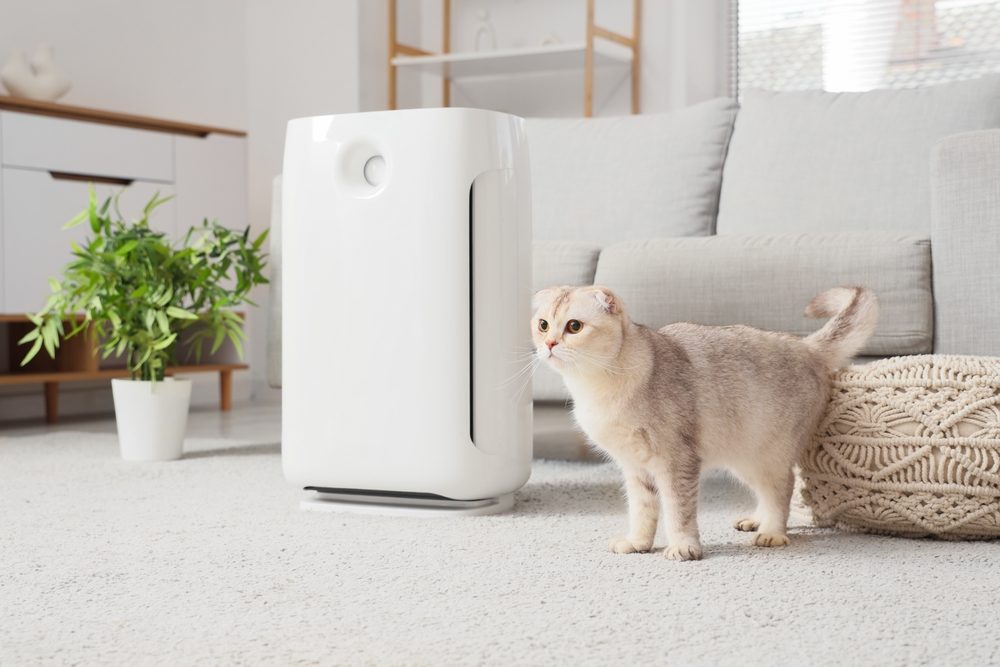
Cooling coils are right at the heart of every efficient HVAC system, and they are quietly working behind the scenes to maintain comfort and air quality for your space. In this article, we will cover what you need to know about HVAC cooling coils – including what exactly they are and how they function, the various types available, the usual warning signs to look out for if there’s a problem, as well as essential maintenance practices.
Whether you’re a building manager, HVAC technician or simply looking to understand your system better, this article will give you some insights into one of HVAC’s most critical components.
What are cooling coils?
Cooling fins are usually made of copper tubes and aluminium fins and have refrigerant (or chilled water) pass through them. Warm air is then cooled down by the coil as the refrigerant in the coil picks up the heat. This cooled air is in turn recirculated back into the room, but the heat absorbed by the refrigerant is removed from the system.
Cooling coils come in two main types – the first is direct expansion (DX) coils and the second is chilled water coils. DX coils use the refrigerant itself to cool the condenser and are found in many residential and commercial AC systems. Meanwhile, chilled water coils use water that is chilled by a separate chiller, and is generally used in a large commercial or industrial building.
Cooling coils: How do they work?
From office environments, manufacturing plants, schools, and so on, cooling coils help keep people comfortable regardless of the outside temperature. They are also used in industrial process cooling applications.
Regardless of their specification, they generally tend to work on the same basic principles:
Chilled water or liquid refrigerant enters the coil and moves through the tubes which are connected to metal fins.
As warm air blows across the cold tubes and fins, heat is removed from the air and transferred to the fluid.
As the air temperature drops and the dew point is reached, moisture condenses out of the air. A drain pan captures the liquid and moves it out of the system.
Then cooler air exits the coil.
Types of cooling coils
Let’s now look at the different types of cooling coils:
Direct Expansion (DX) Coils: DX coils use refrigerant that expands and evaporates inside the coil tubes, absorbing heat directly from the air passing over them. These coils are generally used in a variety of systems (split systems, packaged units, and so on). DX systems are compact and suitable for residential and light commercial applications.
Chilled Water Coils: These use water that has been cooled by a central chiller system. This chilled water flows through the coil tubes while air passes over them, transferring heat to the water. These coils are often used in large commercial or industrial HVAC systems.
Flooded Coils: Flooded coils are a type of DX coil where the refrigerant floods the coil rather than evaporating only in part. This improves heat transfer efficiency by maintaining a more consistent temperature across the coil surface. They’re often used in specialised industrial applications where greater precision is required.
Fin and Tube Coils: These coils consist of metal tubes (usually copper) and fins (typically aluminium) that increase the surface area for better heat exchange. Both DX and chilled water coils often use this construction method.
Plate Heat Exchanger Coils: Although less common in standard HVAC systems, plate-type coils are used where space is limited or where a more compact, high-efficiency heat exchange is needed. They use thin metal plates stacked together to allow air and coolant to flow over alternating surfaces.
Signs of cooling coil issues
So what are the signs of a problem with your cooling coils? Let’s look at these now:
Lower performance: If the air coming from the vents isn’t as cold as it should be, it could signal dirty or clogged coils, insufficient refrigerant, or internal corrosion. Reduced heat transfer efficiency prevents the system from properly cooling the air. When coils are dirty or inefficient, the system must work harder to achieve the desired temperature, leading to higher energy consumption and inflated utility bills.
Ice Formation on Coils: Ice build-up is often caused by restricted airflow (due to dirty filters or blocked vents), low refrigerant levels, or malfunctioning thermostats. This can lead to system strain and eventual failure if not addressed.
Water Leaks Around the Unit: Water pooling near the air handler may indicate a clogged condensate drain or excessive condensation due to a malfunctioning coil. This can result in water damage and mould growth if left unresolved.
Noise and smell: Gurgling, hissing, or bubbling sounds from the coil area could suggest refrigerant leaks or air trapped in the system. These leaks reduce cooling capacity and may lead to compressor damage. Unpleasant smells from vents can point to microbial growth (like mould or mildew) on the coils due to excessive moisture. This not only affects air quality but may also signal poor coil drainage or insufficient cleaning.
How to maintain cooling coils for optimal performance
We have covered some of the problem areas, so let’s look at how to ensure your HVAC cooling coils stay in the good shape.
Cleaning: Dust, dirt and debris can insulate the coils and reduce their ability to absorb heat. Clean the coils at least twice a year using a soft brush, compressed air, or a coil cleaning solution. For commercial systems or coils that are hard to access, consider professional cleaning to ensure thorough results.
Replace/Clean Filters: Dirty filters restrict airflow, which can lead to coil freezing and poor system performance. Check filters monthly and replace or clean them (depending on type) every 1–3 months, especially during peak cooling seasons.
Check for Corrosion or Leaks: Inspect coils for signs of rust, pitting, or refrigerant leaks. Corrosion weakens coil materials and can lead to refrigerant loss, reducing efficiency. Catching issues early helps avoid expensive repairs or full coil replacement.
Ensure Proper Drainage: Blocked condensate drains can cause water to back up and damage the coil or surrounding areas. Regularly check and clear the drain pan and lines to prevent clogs and water damage.
Maintain Surrounding Components: Ensure that blower fans, ductwork, and vents are clean and unobstructed. Poor airflow across the coils can lead to uneven cooling, ice formation, and higher energy use.
Schedule Professional Inspections Annually: While basic maintenance can be done by the property owner, a certified HVAC technician should inspect and service the system at least once a year. They can check refrigerant levels, pressure, and system integrity, and advise whether the coils need repair or replacement.
By following these practices, you can extend the lifespan of your cooling coils, maintain energy efficiency, and avoid unexpected system failures.
About Daikin
Daikin offers a range of HVAC systems for residential and commercial needs. Daikin leads the industry in innovation and customer support and operates in 170 countries worldwide with millions of systems installed. We offer a wide range of HVAC systems for residential, commercial, and industrial settings. Learn more about Daikin’s HVAC products by contacting us today.



